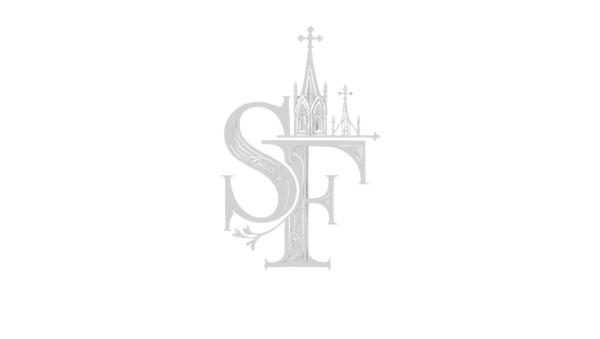
Perched on the edges of Gothic cathedrals, stone figures with wide eyes, gaping mouths, and twisted forms stare down at us from centuries past. Some sprout wings, others leer with toothy grins, and many blur the line between beast and human. These are gargoyles and grotesques, two of the most iconic features of Gothic architecture.
But behind their eerie faces lies a world of symbolism, myth, and practical design.
Gargoyles: Guardians of Water and Spirit
The word gargoyle comes from the French gargouille, meaning “throat” or “gullet.” These stone creatures were designed with a very real purpose: to funnel rainwater away from cathedral walls, preventing erosion and damage. Their long necks and open mouths served as medieval drainpipes.
Beyond their practical use, gargoyles were also seen as spiritual protectors. By adorning holy places with monstrous faces, medieval builders believed they could ward off evil spirits, a paradox where the grotesque became the guardian of the sacred.
Grotesques: Stone Storytellers
Unlike gargoyles, grotesques had no water spouting function. Their purpose was purely symbolic and artistic. Sculptors filled them with strange hybrids of animals, demons, and humans, each one a silent sermon in stone.
Grotesques served as reminders of sin, temptation, and the chaos of the outside world. For a largely illiterate medieval society, these figures became a form of visual storytelling: lessons carved in stone that could be understood without words.
Why So Strange?
The bizarre and often unsettling designs of gargoyles and grotesques may seem out of place on buildings dedicated to God. Yet, in the medieval mind, the grotesque played an important role:
Protectors: Terrifying forms kept demons at bay.
Moral Warnings: Their distorted bodies reflected spiritual corruption and the dangers of straying from faith.
Reminders of Mortality: The grotesque reminded viewers of the fleeting nature of life and the inevitability of death.
Their presence symbolised the tension between the sacred and the profane, a Gothic theme carved into stone.

Gargoyles in Legend
Myths soon grew around these creatures. One French tale tells of La Gargouille, a dragon slain by a priest whose head was mounted on a church, becoming the first gargoyle. Others believed the figures came alive at night, protecting the city until dawn.
These stories fed the sense of mystery and awe surrounding Gothic cathedrals, turning stone into something alive with meaning.
More Than Decoration

When you look up at a cathedral and meet the gaze of a gargoyle, you are not just seeing clever masonry. You are seeing a blend of function, faith, and folklore, the medieval imagination given wings and teeth.
Whether draining rainwater or warding off unseen evils, gargoyles and grotesques remain among the most fascinating examples of Gothic symbolism, their silent watch continuing across the centuries.
Next time you wander beneath a cathedral, pause and look up. Those stone faces, weathered but unbroken, are reminders of a time when architecture itself told stories, where every shadowed corner carried meaning, and even monsters had their place on holy ground.
Sources & Further Reading
Notre Dame de Paris – official cathedral site with resources on its iconic gargoyles: https://www.notredamedeparis.fr/en/
Camille, Michael. The Gargoyles of Notre-Dame: Medievalism and the Monsters of Modernity. University of Chicago Press, 2009.
Scott, Robert A. The Gothic Enterprise: A Guide to Understanding the Medieval Cathedral. University of California Press, 2003.
British Library: Gargoyles and Grotesques in Medieval Manuscripts: https://www.bl.uk/
Metropolitan Museum of Art, “Medieval Sculpture and Symbolism”: https://www.metmuseum.org/
Spires & Facts is an independent platform created for educational and informational purposes only. This article has been compiled from publicly available sources to share knowledge and spark curiosity about Gothic architecture and history. We are not affiliated with, endorsed by, or sponsored by any of the organisations, websites, or individuals mentioned here. All external links, if provided, are for reference only and do not imply promotion or partnership. Readers are encouraged to use their own discretion when exploring further resources.
